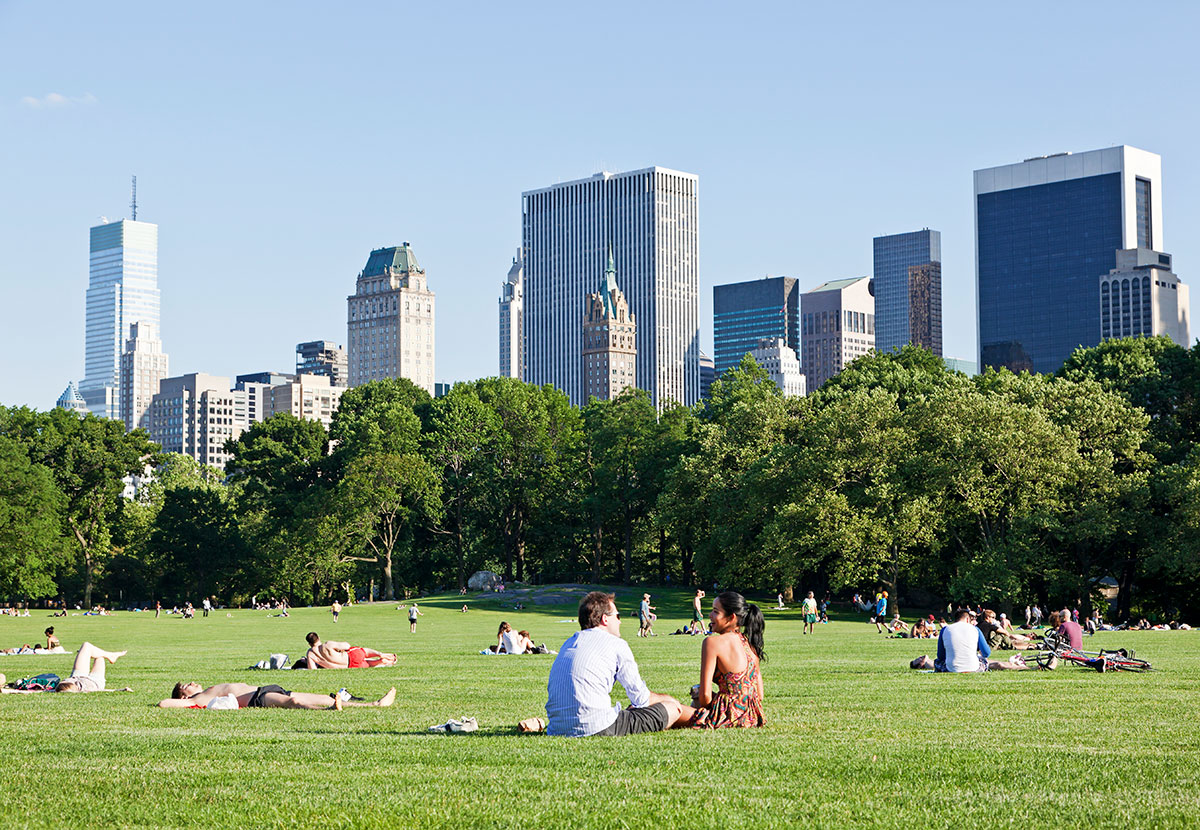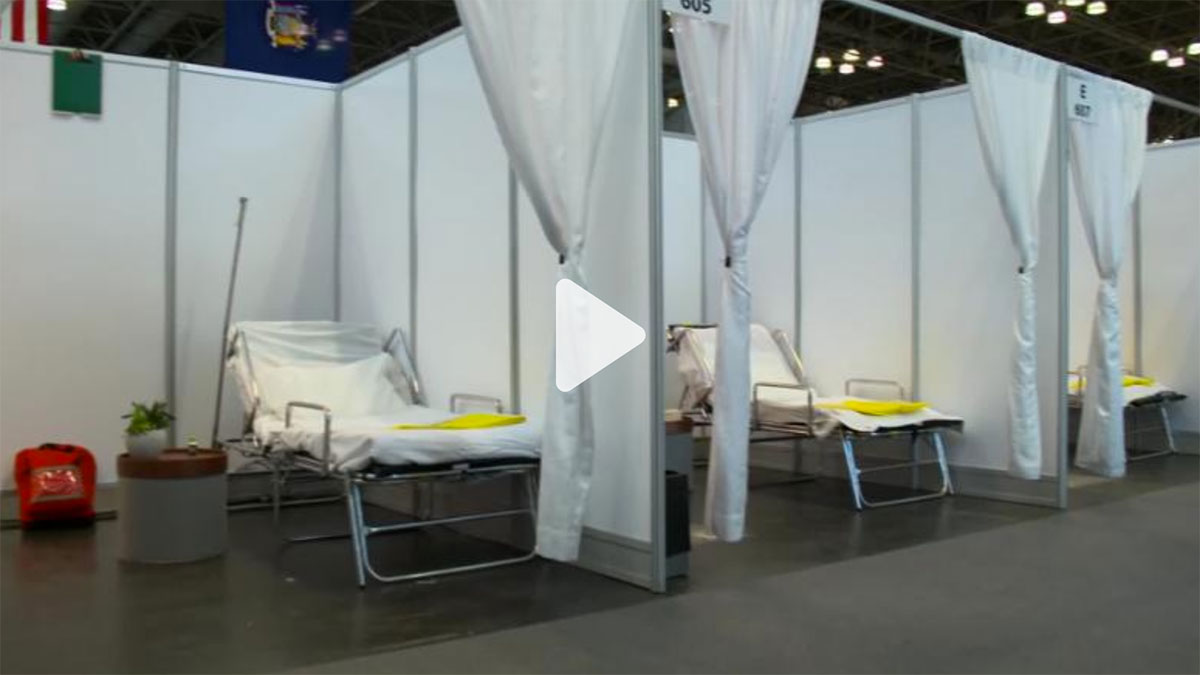NEW YORK, Central Park
New York’s Central Park is the first urban landscaped park in the United States. In1853 the New York State Legislature set aside the land to create Central Park. With visions of sweeping pastoral landscapes. The project spanned more than a decade and cost the city ten million dollars. The intention was to transform rock outcrops, swamps, and marshland into “a public place” that would provide a beautiful and democratic space for all New Yorkers.
In the 1840s, New York was the most populous city in the western hemisphere and experiencing its first wave of German and Irish immigrants, who were not always welcomed into the City’s neighborhoods. As diversity multiplied and the downtown population soared, private and gated enclaves, such as St. John’s Park and Gramercy Park, were developed only for the well-to-do residents of surrounding homes. Many social reformers at the time felt that this was inconsistent with American values, and understood that a public park could reverse this alarming situation. When Frederick Law Olmsted and Calvert Vaux were chosen to plan the new park, they set out to resolve this tear in the social fabric and create a space designed to bring all people together regardless of their backgrounds.

The park’s main attractions include landscapes such as the Ramble and Lake, Hallett Nature Sanctuary, the Jacqueline Kennedy Onassis Reservoir, and Sheep Meadow; amusement attractions such as Wollman Rink, Central Park Carousel, and the Central Park Zoo; formal spaces such as the Central Park Mall and Bethesda Terrace; and the Delacorte Theater, which hosts Shakespeare in the Park programs in the summer. The park also contains sports facilities including the North Meadow Recreation Center, basketball courts, and baseball and soccer fields.
Read More: httpss://www.centralparknyc.org/blog/peoples-park-design
Central Park’s East Meadow on the Upper East Side, normally a spot for picnickers and sunbathers, was converted into a 68-bed field hospital designed as a respiratory care unit as officials scrambled to bolster medical systems becoming overwhelmed by coronavirus.





